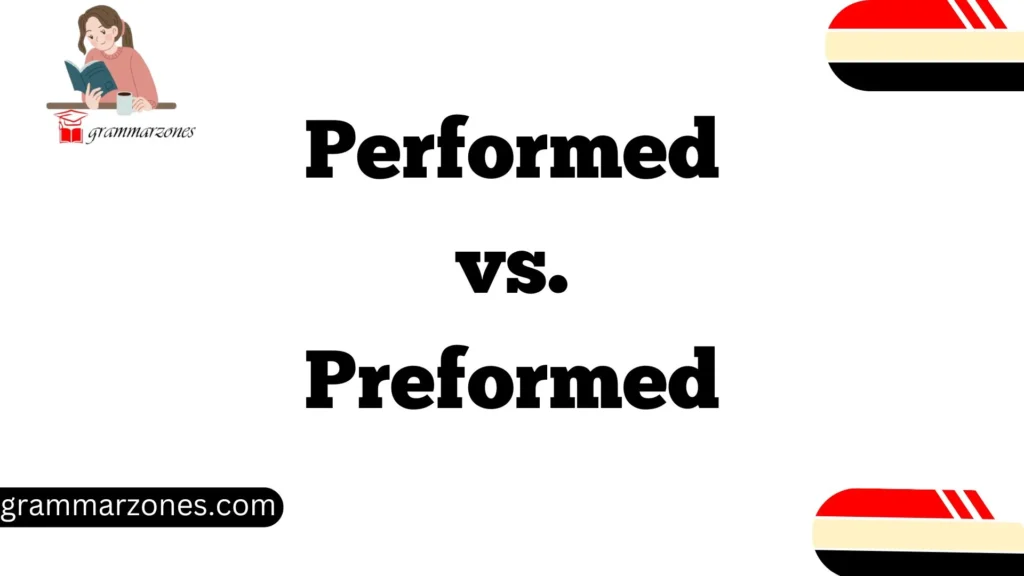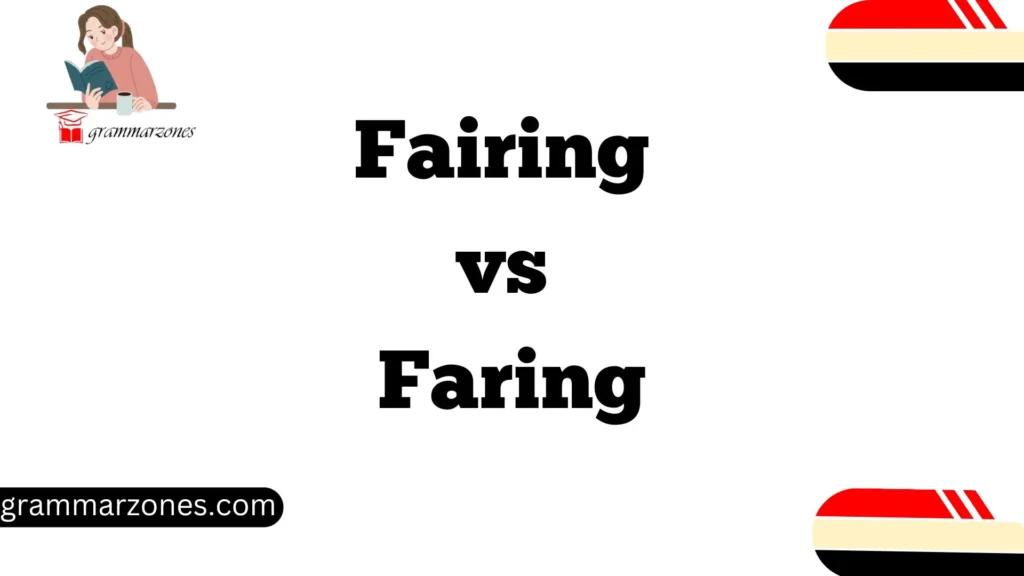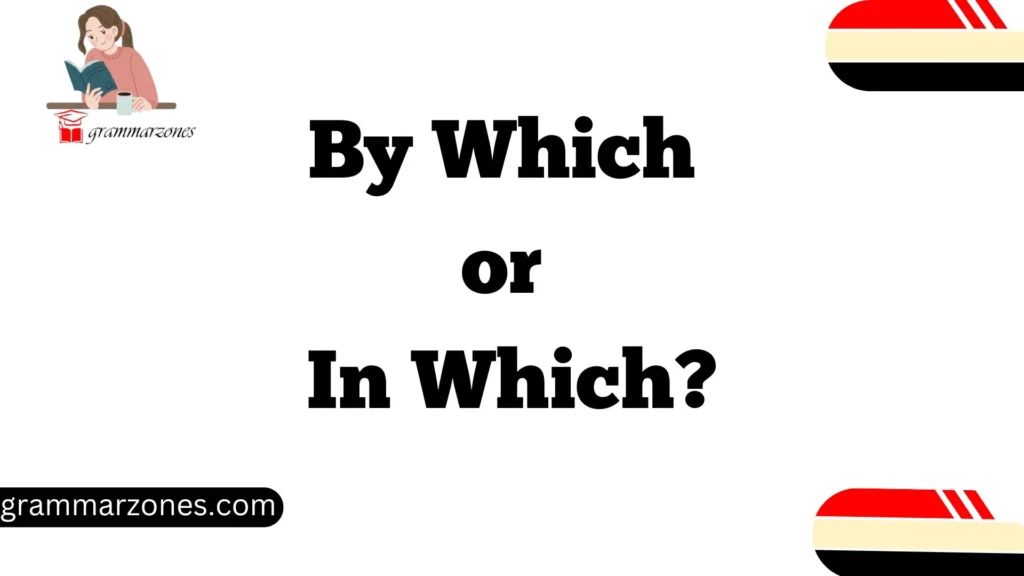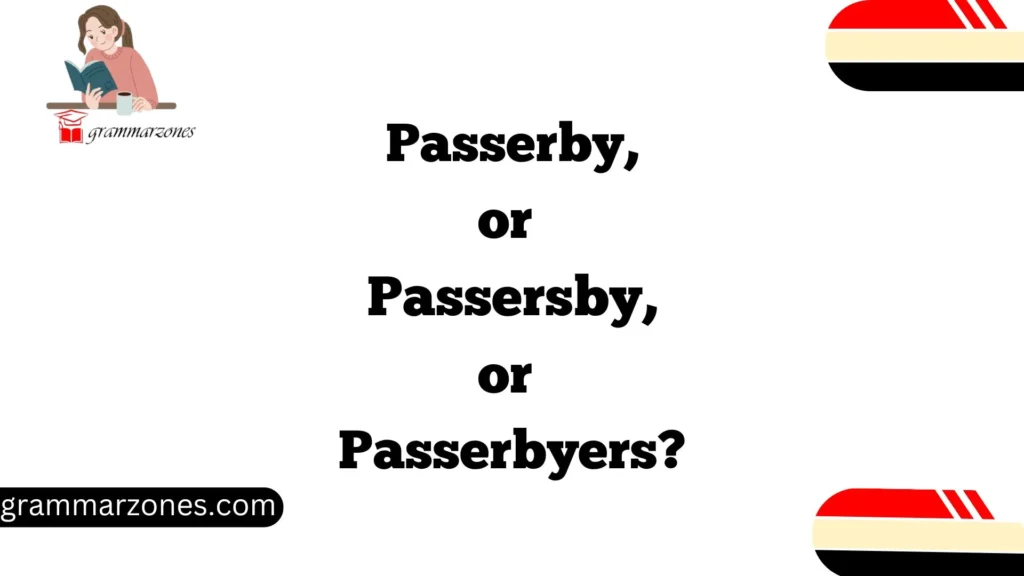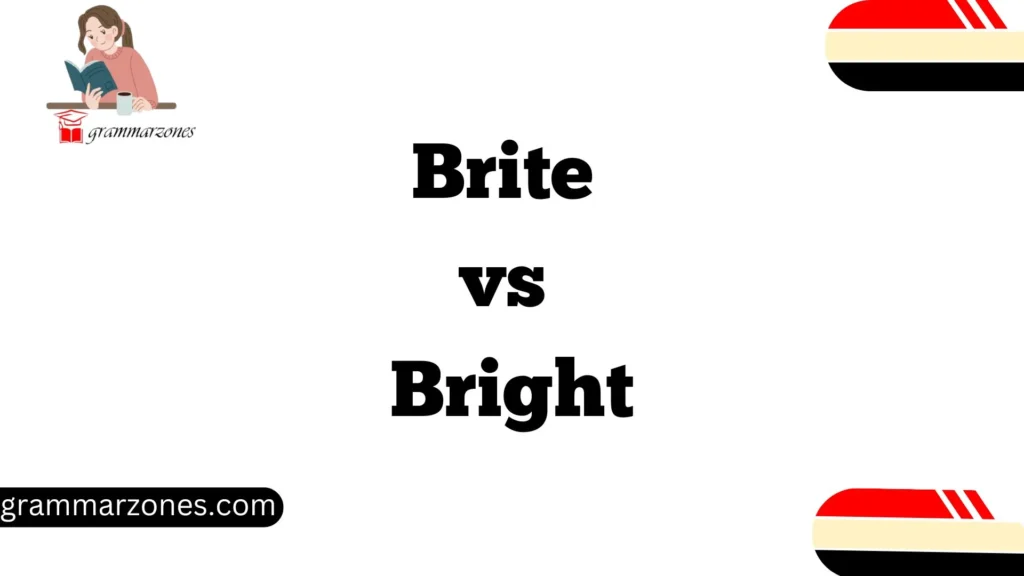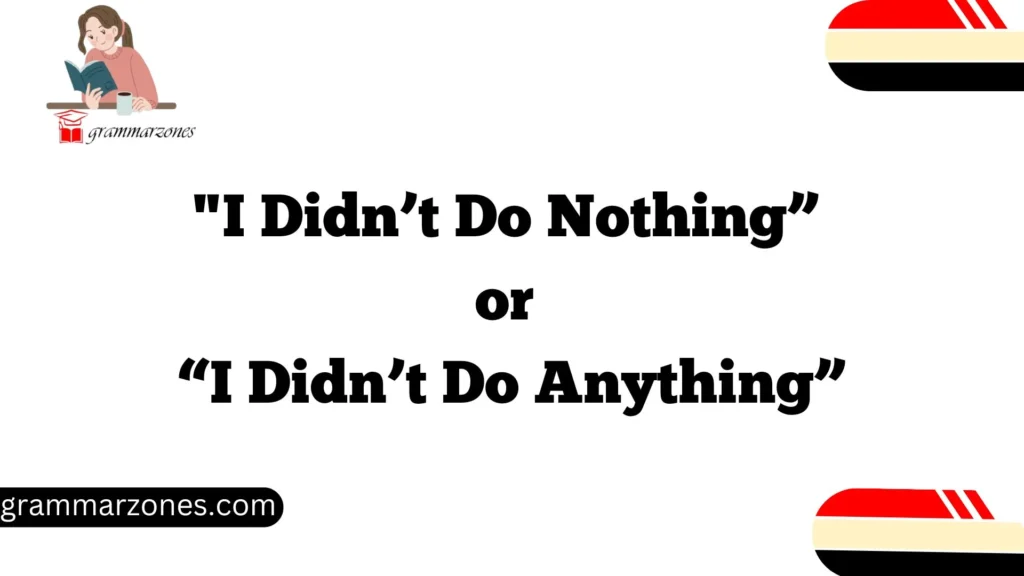When it comes to describing liquids flying through the air, the terms spatter and splatter often get confused. While both words refer to the dispersion of liquid droplets, they have distinct meanings, uses, and connotations.
If you’ve ever found yourself wondering whether to use one or the other, you’re not alone. Understanding the subtle differences between these two words can help you communicate more precisely—whether you’re writing, painting, cooking, or even discussing forensic investigations.
In this article, we’ll explore the real differences between spatter and splatter, when each term should be used, and how you can easily remember the distinctions.
We’ll also dive into common mistakes, related terms, and real-life examples to make sure you can confidently use these words in various contexts.
What Does “Spatter” Mean?
Before delving into the difference, let’s start by understanding what each term means, beginning with spatter.
Definition and Etymology of Spatter
The word spatter is derived from Middle English spateren, which means to scatter drops of liquid or particles. To spatter something generally refers to small droplets or marks of a substance (often liquid) that are scattered or spread out in an erratic, often light, manner.
In everyday language, you might use the word spatter to describe the light, scattered marks of rain or paint, or even something as common as a bird bath. It’s generally used to describe smaller, more controlled or deliberate actions.
Common Uses of Spatter
Here are some everyday situations where spatter comes into play:
- Art: In painting, artists may use spattering techniques, where they flick paint onto a surface to create speckled, textured patterns. This can be seen in abstract art styles like Jackson Pollock’s work, where spatter is used intentionally to create a sense of movement or randomness.
- Weather: When it starts drizzling, the raindrops may spatter on the window. This is lighter than a full-on downpour and may even leave small water droplets scattered across surfaces.
- Forensics: In the context of criminal investigations, the term “blood spatter” is used to describe small droplets or stains of blood that result from an impact or injury. Forensic scientists study the size, shape, and distribution of blood spatter to help determine the circumstances surrounding a crime.
- Cooking: When you’re frying food, such as bacon or hot oil, the grease may spatter, sending small drops of oil flying around the kitchen.
How to Use “Spatter” Correctly
- Spatter describes light droplets scattered due to mild force.
- It’s often used when referring to something being scattered in a relatively controlled or delicate manner.
What Does “Splatter” Mean?
Now let’s take a look at splatter, a term that’s often used interchangeably with spatter—but as we’ll see, they have important differences.
Definition and Etymology of Splatter
Splatter comes from the combination of splash and scatter, which describes a more chaotic dispersion of liquid. Unlike spatter, splatter typically refers to a large, messy, or violent splash of liquid or another substance that is scattered in irregular patterns. The force involved with splatter is often greater than that involved in spatter.
Common Uses of Splatter
Here’s how splatter is commonly used in various contexts:
- Art: Artists often use splattering techniques in painting, such as the “drip” style seen in Abstract Expressionism. In this case, splatter refers to the violent, random splashing of paint on the canvas.
- Cooking: Splattering is something you might encounter in the kitchen. For example, hot oil splatters when it’s heated too quickly or when ingredients are dropped into it. The splattering of sauce or soup is also a common issue when cooking at high temperatures.
- Fiction/Forensics: In a crime novel or a forensic investigation, splatter often refers to a violent or intense dispersal of a substance, such as blood or other bodily fluids. For instance, “blood splatter” can describe how blood is dispersed in larger and messier amounts after a violent impact.
How to Use “Splatter” Correctly
- Splatter describes a forceful, chaotic, or messy spread of a substance.
- It’s often used when the dispersion is more intense or disorganized compared to spattering.
Spatter vs. Splatter: The Key Differences
So, what sets spatter and splatter apart? While both terms describe the scattering of liquid or other substances, their intensity, appearance, and usage differ significantly.
| Aspect | Spatter | Splatter |
| Definition | Small droplets or marks scattered lightly | Larger, messier splash or dispersal |
| Force Level | Mild or gentle impact | High force, chaotic impact |
| Appearance | Light, scattered, often controlled | Large, irregular, often messy |
| Common Use | Art, weather, cooking, forensics | Cooking, crime scenes, art (intense) |
| Example | Raindrops spattering against a window | Sauce splattering from a hot pan |
Intensity and Force
The most notable difference between the two is the level of force involved. Spatter involves a gentler, more controlled action, like the soft flicking of paint or the light drizzle of rain. In contrast, splatter is usually the result of a heavier impact or forceful motion, creating a messier, more chaotic dispersion.
Appearance and Spread
In terms of appearance, spatter generally produces smaller marks that are more evenly dispersed. Splatter, on the other hand, tends to leave larger, more irregular patterns, often with drops splattered in multiple directions, creating a messier overall effect.
Why Understanding the Difference Matters
You might be wondering, does it really matter whether you use spatter or splatter? While it may seem like a minor difference, using these terms correctly can enhance your communication and help avoid confusion, especially in writing, forensics, art, and even SEO.
In Art and Writing
In the world of art and writing, where precision matters, knowing whether you’re referring to controlled marks or chaotic splashes is crucial. A writer describing a painting, for example, might want to convey whether an artist used a precise, controlled technique (spatter) or a messy, expressive one (splatter).
In Forensics
In forensic science, precision is key. The distinction between blood spatter and blood splatter isn’t just academic—it can affect the outcome of an investigation. Blood spatter analysis involves studying the distribution and patterns of blood to determine the nature of the crime, and a small mistake in terminology could cause confusion in legal contexts.
How to Remember the Difference
If you’re struggling to remember which word to use when, here are a couple of mnemonics to help:
- Spatter = Specks – Think of small specks of paint or water droplets scattered lightly.
- Splatter = Splash – A splashing action often causes a mess, which fits the term splatter perfectly.
Common Mistakes and Misuses
Despite their differences, spatter and splatter are often used interchangeably in both spoken and written language. This can lead to confusion and errors, especially in professional settings like art galleries, legal cases, or scientific discussions.
Common Mistakes:
- Using splatter when you mean spatter: For example, “The blood splattered across the wall” is incorrect if the intent was to describe small, scattered droplets. It should be “blood spattered across the wall.”
- Using spatter in a violent context: Saying “the blood spattered” when referring to a violent crime scene is a misstep; the correct term is “splattered.”
Conclusion
Understanding the difference between spatter and splatter is more than just about grammar—it’s about clarity, precision, and effective communication. Whether you’re painting a canvas, describing a rainstorm, or writing about a forensic investigation, using the right word for the right context can help you sound more authoritative and knowledgeable.
Next time you encounter a mess or a splash, you’ll know exactly which word to use—spatter for the lighter, controlled marks and splatter for the chaotic, messy ones. With this newfound understanding, your writing will be sharper, your descriptions more vivid, and your overall communication more effective.
Frequently Asked Questions (FAQs)
1. Is spatter a real word?
Yes, spatter is a real word. It refers to small droplets or marks scattered lightly, usually due to mild force. It is commonly used in contexts such as art, weather, and even forensic investigations. The term spatter can be used in different fields like painting, cooking, and more.
2. Can you use splatter in a professional setting?
Absolutely! While splatter is often associated with messy, chaotic situations, it is still used in professional settings where the action involves a violent or larger dispersion of liquid or other substances. For example, splatter can be used in forensic science when describing blood spatter patterns at a crime scene or in art when talking about techniques like Jackson Pollock’s drip painting.
3. Why do people say “blood splatter”?
The term “blood splatter” is often used colloquially or incorrectly when referring to blood that has been scattered after a violent event. However, the correct term is blood spatter, as the droplets of blood typically fall in a more controlled manner rather than a chaotic splash. In forensic science, precision is key, and the correct term is essential for clarity.
4. What is the opposite of spatter?
The opposite of spatter would likely be something like absorption or retention, where liquid or substance is not scattered but rather stays in one place or is absorbed by a surface. However, the most accurate opposite would depend on the context. For example, while spatter involves small drops being dispersed, something like “puddle” could serve as a contrasting image, as it indicates liquid collected in one spot.
5. Is it splatter or spatter when cooking?
When cooking, both terms are relevant but refer to different scenarios:
- Splatter describes a messy, chaotic spread of liquid, often seen when frying something at high heat, such as when cooking bacon or frying chicken.
- Spatter is used when small droplets of liquid are scattered lightly, like when water or oil droplets lightly land on your stovetop.

“Emma Brooke is an aspiring writer with a passion for mastering the English language. At GrammarZones.com, Emma explores the intricacies of grammar, punctuation, and vocabulary, providing clear and accessible explanations for learners of all levels.

